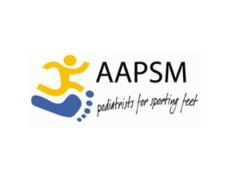Maintaining and caring for a child’s feet will benefit their health, mobility and well-being throughout their entire lives. The human foot is a highly complex structure, composed of 26 bones working together to allow the foot to adapt to uneven walking surfaces, and acting as a shock absorber with each step. These bones are usually fully hardened by the age of 18. In the newborn, the foot is composed mainly of relatively soft and flexible cartilage which gradually converts to bone with age. In the young foot, the conversion to bone can be seen as areas that are known as ‘primary and secondary centres of ossification’. On an X-ray, this can make the young foot look as though it has more bones than an adult. This is not the case, and these centres gradually fuse to make individual bones. During this period of development, the foot can be at risk from injury and deformity due to ill-fitting footwear and great care should be taken with shoe types and shoe fitting.
A notable difference and characteristic of a child’s foot compared with that of an adult is that it grows. This means that the child can be at risk from certain foot and lower limb problems at different ages as the feet and lower limbs develop. These problems are classed as intrinsic and extrinsic.
Intrinsic causes (within the foot) relate to the posture of the foot as it develops and this can make the foot appear flat-footed. These conditions require expert examination and advice, and professional help should always be sought from your podiatrist if there are any concerns. The first indicator may be unusual wear on their shoes.
The main extrinsic cause (outside the foot) is ill-fitting footwear with the possibility of causing deformity. Also, as the foot and lower limb grow, they undergo various positional changes that may look like serious problems to the untrained eye, but may be just a matter of developmental change. These can include bow leg, knock knee, and toes pointing inwards or outwards. Some problems associated with growth are first indicated by pain in the foot, swelling, limping or a change in behaviour. They can occur at any time during the growing years but each condition tends to occur within certain age bands.
It should be remembered that no two children are alike, even in the same family.
If parents are concerned – for whatever reason they should always seek professional advice, as it is better for the fears to be unfounded than to discover, often too late, that treatment was required.
With some children suffering from foot ailments and development problems it’s important to ensure any foot problems are identified early on to safeguard a successful treatment program that maximises their strength and mobility in later years. Many of the foot ailments found on the paediatric foot can be associated with growth, overuse, weight gain and postural change.
A podiatrist can help your child by providing an initial diagnosis and then either managing the condition or referring to an appropriate consultant. Treatment may take the form of footwear prescription or advice, a biomechanical assessment – which determines the normal and abnormal functioning of the foot and lower limbs and often involves the provision of orthoses (special insoles) – active hands on treatment and education.
Essential tips for children’s feet
- Always have your child’s feet measured for length and width.
- Check the size of their socks.
- Inspect their shoes regularly for unusual wear and seek professional advice if you are concerned. Unusual wear may be the first indication that there is a problem with the foot posture or general posture and should always be investigated by your registered podiatrist. Normally, wear is across the back of the heel or between the back and the outside. You should look out for severe wear on the inside or outside of the heel which may carry forward to the sole of the shoe. The heel area of the upper may also be broken and bulge inside or outside. If possible, do not put your child in the same shoes every day. Alternate shoes to allow them to dry out, particularly if the foot is sweaty.
- Be aware that blisters and sores may develop with new shoes.
- Inspect children’s feet regularly for inflamed nails and pressure marks on the top of the small joints of the toes, below the ankle bones and at the back of the heel.
- Remember that teenagers in particular can be secretive about foot problems and a trivial, easily rectified problem can be more serious if neglected.
- If they complain of itchy or painful areas or you see any rashes or hard, raised areas on the skin, seek professional advice immediately.
- Wash their feet daily with simple soap and water and dry well, particularly between the toes. After drying, a small amount of talcum powder should be used.
- Children have naturally sweaty feet, but smelly feet may be an indication of poor hygiene. The toenails should be inspected regularly and trimmed as required. A good investment is a pair of nail clippers from your local chemist. Never cut down the side of nails or cut them too short. When cutting, follow the line of the nail at the tip of the toe and always leave the corner of nail just clear of the fleshy part of the toe
If you have any concerns with your child’s feet in their key developmental stages give the Performance Podiatry team a call on 024334792. Early detection and treatment for your child can make all the difference!






